Home>Furniture & Design>Interior Design Trends>How Many Calories Is A Glass Of Whiskey


Interior Design Trends
How Many Calories Is A Glass Of Whiskey
Published: February 3, 2024
Discover the calorie count in a glass of whiskey and stay updated on the latest interior design trends. Learn more about the perfect balance between indulgence and style.
(Many of the links in this article redirect to a specific reviewed product. Your purchase of these products through affiliate links helps to generate commission for Storables.com, at no extra cost. Learn more)
Introduction
Whiskey, a beloved spirit with a rich history and a timeless allure, has captivated the hearts and palates of enthusiasts for centuries. Whether sipped neat, on the rocks, or as a key ingredient in classic cocktails, whiskey holds a special place in the world of spirits. As the golden elixir continues to gain popularity, it's essential to delve into the nuances of its composition, including the often overlooked aspect of its caloric content.
Understanding the caloric implications of consuming whiskey is a topic of interest for many individuals, whether they are health-conscious or simply curious about the impact of their favorite libation on their overall well-being. While the enjoyment of whiskey is often associated with relaxation and conviviality, it's important to recognize that it is not exempt from the realm of nutritional considerations. By exploring the caloric aspect of whiskey, we can gain a deeper understanding of its impact on our dietary choices and overall health.
In this comprehensive exploration, we will delve into the intricacies of whiskey, shedding light on its caloric content and the factors that influence it. By examining the relationship between whiskey and calories, we aim to provide valuable insights that empower enthusiasts to make informed decisions about their consumption of this cherished spirit. Let's embark on a journey to unravel the mysteries of whiskey's caloric profile and gain a newfound appreciation for this timeless libation.
Key Takeaways:
- Whiskey contains about 97 calories in a standard 1.5-ounce serving, so it’s important to enjoy it in moderation and consider its impact on your overall diet and health.
- Factors like alcohol by volume, serving size, and additives can influence the caloric content of whiskey, so it’s essential to be mindful of how you enjoy this beloved spirit.
Read more: How Many Calories Is A Glass Of Milk
Understanding Whiskey
Whiskey, a distinguished member of the spirits family, is renowned for its complex flavors, rich history, and cultural significance. Crafted through a meticulous process that involves distillation and aging, whiskey embodies the artistry and expertise of its creators. This revered spirit is characterized by its diverse variations, each offering a unique sensory experience that reflects the traditions and terroir of its origin.
At its core, whiskey is a distilled alcoholic beverage derived from fermented grain mash. The precise composition of this mash, which typically includes barley, corn, rye, and wheat, contributes to the distinct flavor profile of the final product. The production of whiskey involves a series of carefully orchestrated steps, including mashing, fermentation, distillation, and aging, all of which play a pivotal role in shaping its character.
One of the defining features of whiskey is its maturation process, during which it is aged in wooden barrels, often made of oak. This period of maturation, which can span several years, allows the spirit to interact with the wood, imparting nuanced flavors and aromas that elevate its complexity. The influence of the barrel, along with environmental factors such as temperature and humidity, contributes to the development of whiskey's coveted characteristics, including notes of caramel, vanilla, and spice.
Whiskey enthusiasts are drawn to the diverse array of styles and expressions offered by this venerable spirit. From the smoky allure of peated Scotch to the robust sweetness of bourbon, whiskey encompasses a spectrum of flavors that cater to a wide range of palates. Whether enjoyed neat, with a splash of water, or as the foundation of a classic cocktail, whiskey invites exploration and appreciation for its multifaceted nature.
As a symbol of tradition and craftsmanship, whiskey holds a special place in the hearts of aficionados and continues to inspire a sense of reverence and fascination. Its enduring appeal transcends geographical boundaries, uniting enthusiasts around the world in their appreciation for its time-honored legacy and enduring allure. With its rich heritage and diverse expressions, whiskey stands as a testament to the artistry and ingenuity of its creators, inviting enthusiasts to partake in a journey of discovery and appreciation for this beloved spirit.
Calories in Whiskey
Whiskey, a cherished libation with a storied legacy, holds a distinct allure for enthusiasts seeking to savor its complex flavors and timeless appeal. As with any consumable, it is essential to consider the caloric implications of indulging in this beloved spirit. Understanding the caloric content of whiskey is crucial for individuals striving to maintain a balanced approach to their dietary choices and overall well-being.
In the realm of spirits, whiskey is renowned for its depth of character and diverse expressions, each offering a unique sensory experience. However, it is important to recognize that whiskey, like other alcoholic beverages, contributes to one's daily caloric intake. The caloric content of whiskey is primarily derived from its alcohol and carbohydrate components, with each gram of alcohol providing approximately 7 calories, while carbohydrates contribute around 4 calories per gram.
The caloric content of whiskey varies depending on its alcohol by volume (ABV) and serving size. Typically, a standard serving of whiskey, which is 1.5 ounces or 44 milliliters, contains approximately 97 calories. This modest serving size allows enthusiasts to savor the flavors of whiskey while being mindful of their caloric intake. It is worth noting that the addition of mixers or sweeteners to whiskey-based cocktails can significantly increase the overall caloric content of the beverage.
When evaluating the caloric impact of whiskey consumption, it is essential to consider the individual's overall dietary and lifestyle choices. While whiskey contributes to one's caloric intake, it is imperative to maintain a balanced approach to nutrition and exercise. Incorporating whiskey into a well-rounded lifestyle that includes mindful eating and regular physical activity allows enthusiasts to enjoy this cherished spirit while prioritizing their health and well-being.
In summary, the caloric content of whiskey is an important consideration for individuals seeking to make informed choices about their dietary habits. By understanding the caloric implications of consuming whiskey and embracing a balanced approach to nutrition, enthusiasts can savor the timeless allure of this revered spirit while prioritizing their overall well-being.
A standard 1.5 oz (44 ml) shot of whiskey contains around 97 calories. If you’re watching your calorie intake, be mindful of how much you’re drinking.
Factors Affecting Whiskey Calories
The caloric content of whiskey is influenced by several factors that contribute to the overall nutritional profile of this revered spirit. Understanding these factors is essential for enthusiasts seeking to gain insight into the caloric implications of consuming whiskey and make informed decisions about their dietary choices.
-
Alcohol by Volume (ABV): The alcohol by volume percentage of whiskey plays a significant role in determining its caloric content. Whiskeys with higher ABV contain more alcohol per serving, resulting in a greater caloric contribution. As a general rule, the higher the ABV, the higher the caloric content of the whiskey.
-
Serving Size: The size of the whiskey serving directly impacts its caloric contribution. A standard serving of whiskey is typically 1.5 ounces or 44 milliliters, containing approximately 97 calories. Larger serving sizes will proportionally increase the caloric intake, emphasizing the importance of mindful consumption.
-
Maturation and Aging: The aging process of whiskey, during which it interacts with wooden barrels, can influence its caloric content. As whiskey matures, it undergoes subtle chemical changes that may impact its overall nutritional composition, including its caloric density.
-
Additives and Mixers: When whiskey is used as a base for cocktails or mixed with sugary additives, its caloric content can significantly increase. Sweetened mixers and syrups contribute additional calories, augmenting the overall caloric impact of the beverage.
-
Flavorings and Infusions: Flavored whiskeys, which incorporate additional ingredients such as fruits, spices, or sweeteners, may have a higher caloric content compared to their unflavored counterparts. The inclusion of flavorings and infusions introduces additional components that contribute to the overall caloric density of the whiskey.
-
Dilution and Water Content: The addition of water or ice to whiskey can dilute its alcohol concentration, potentially reducing its caloric impact per serving. However, it is essential to consider the overall volume of the diluted beverage when assessing its caloric contribution.
By considering these factors, enthusiasts can gain a deeper understanding of the variables that influence the caloric content of whiskey. This awareness empowers individuals to approach whiskey consumption with mindfulness and moderation, allowing them to savor the flavors of this cherished spirit while making informed choices aligned with their dietary preferences and overall well-being.
Health Considerations
When contemplating the consumption of whiskey, it is imperative to consider the potential health implications associated with indulging in this beloved spirit. While whiskey holds a revered status in the realm of spirits, it is essential to approach its consumption with mindfulness and awareness of its impact on overall well-being.
Moderation is a key principle when it comes to incorporating whiskey into a balanced lifestyle. The enjoyment of whiskey, like any alcoholic beverage, should be accompanied by a conscious effort to consume it in moderation. The Dietary Guidelines for Americans recommend that individuals who choose to consume alcohol do so in moderation, which is defined as up to one drink per day for women and up to two drinks per day for men. Adhering to these guidelines allows enthusiasts to savor the flavors of whiskey while minimizing the potential risks associated with excessive alcohol consumption.
Furthermore, it is crucial to acknowledge the caloric contribution of whiskey within the context of one's overall dietary intake. As a source of empty calories, meaning it provides energy with little to no nutritional value, whiskey should be factored into one's daily caloric allowance. Individuals striving to maintain a balanced diet should be mindful of their overall caloric intake, considering the calories derived from whiskey and other sources to ensure that they align with their nutritional goals.
In addition to its caloric implications, the consumption of whiskey can have broader health considerations, particularly in relation to its effects on the body and overall well-being. While moderate alcohol consumption has been associated with certain potential health benefits, including a reduced risk of heart disease, it is essential to approach these findings with caution. The potential benefits of alcohol consumption must be weighed against the associated risks, including an increased risk of alcohol-related health conditions and the potential for dependency.
Moreover, individuals with specific health conditions or those taking medications should exercise caution when consuming whiskey or any alcoholic beverage. Alcohol can interact with certain medications, potentially diminishing their effectiveness or causing adverse reactions. It is crucial for individuals to consult with healthcare professionals to understand the potential implications of consuming whiskey in relation to their specific health circumstances.
By considering these health considerations, enthusiasts can approach the consumption of whiskey with a balanced perspective, prioritizing moderation, mindfulness, and awareness of its potential impact on overall health. Embracing a holistic approach to well-being entails making informed choices that align with individual health goals and preferences, allowing enthusiasts to savor the timeless allure of whiskey while prioritizing their overall health and well-being.
Read more: How Many Calories Is A Glass Of Riesling?
Conclusion
In conclusion, the exploration of whiskey's caloric content and its implications provides valuable insights for enthusiasts seeking to strike a balance between indulgence and mindful consumption. The journey through the intricacies of whiskey's caloric profile has shed light on the factors that influence its nutritional composition, empowering individuals to make informed decisions about their dietary choices and overall well-being.
As a cherished libation with a rich heritage, whiskey embodies a timeless allure that transcends geographical boundaries and cultural distinctions. Its complexity and diversity of expressions invite enthusiasts to embark on a sensory journey, savoring the nuances of its flavors and embracing the traditions that define its character. However, amidst the appreciation for whiskey's artistry, it is essential to recognize the caloric implications of its consumption and the importance of mindful indulgence.
The caloric content of whiskey, influenced by factors such as alcohol by volume, serving size, maturation, and additives, underscores the need for conscientious consumption. By understanding the caloric impact of whiskey and considering it within the context of one's overall dietary intake, individuals can approach its enjoyment with mindfulness, ensuring that it aligns with their nutritional goals and lifestyle preferences.
Furthermore, the health considerations associated with whiskey consumption emphasize the significance of moderation and awareness of its potential effects on the body. Embracing a balanced approach to well-being entails making informed choices that prioritize overall health while savoring the timeless allure of whiskey.
In essence, the exploration of whiskey's caloric content serves as a reminder of the importance of mindful consumption and the value of informed decision-making. By integrating an awareness of whiskey's caloric implications into their lifestyle, enthusiasts can continue to appreciate this revered spirit while prioritizing their well-being. As the golden elixir continues to captivate hearts and palates, the understanding of its caloric profile empowers individuals to savor its timeless allure in a manner that resonates with their holistic approach to health and enjoyment.
Frequently Asked Questions about How Many Calories Is A Glass Of Whiskey
Was this page helpful?
At Storables.com, we guarantee accurate and reliable information. Our content, validated by Expert Board Contributors, is crafted following stringent Editorial Policies. We're committed to providing you with well-researched, expert-backed insights for all your informational needs.


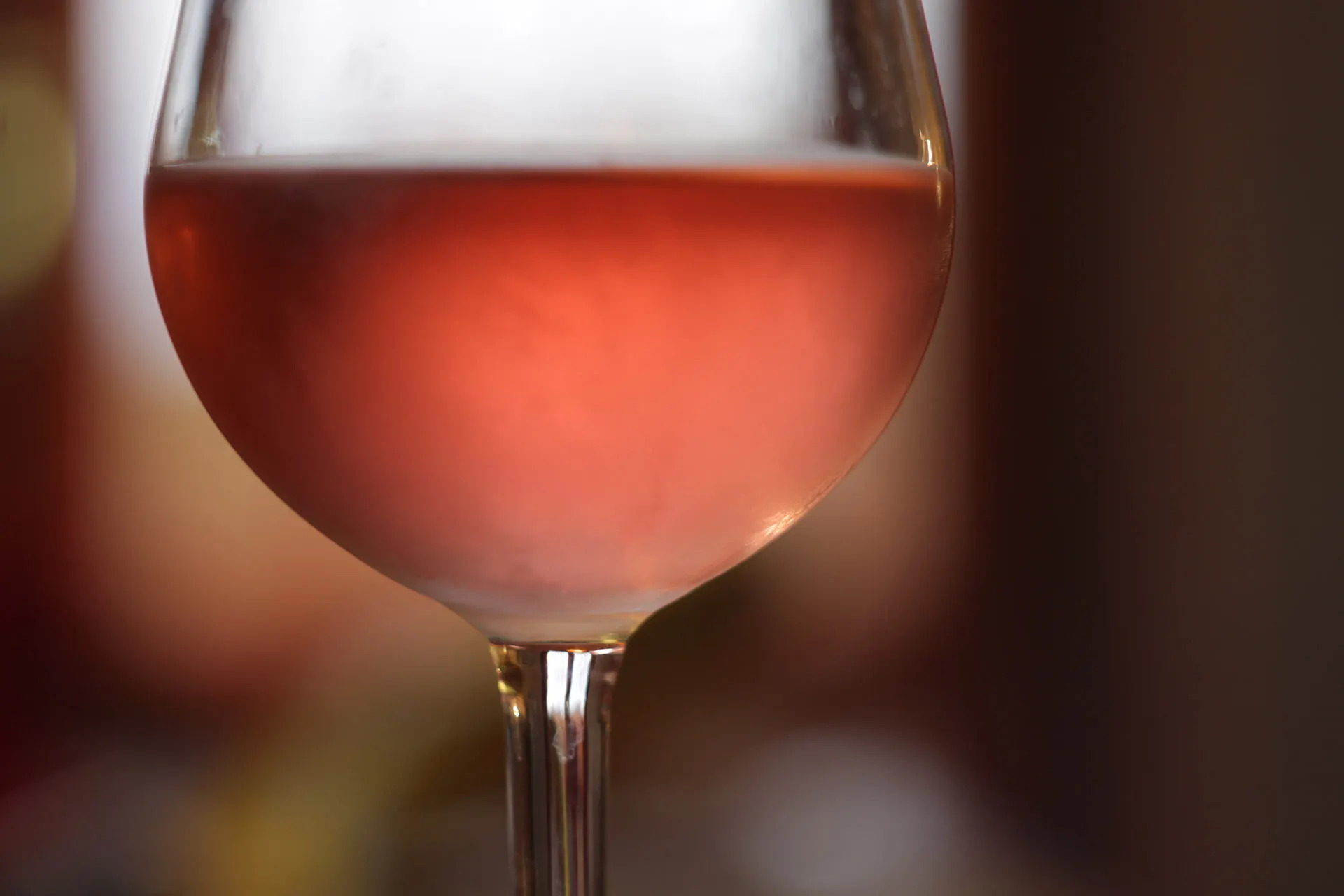
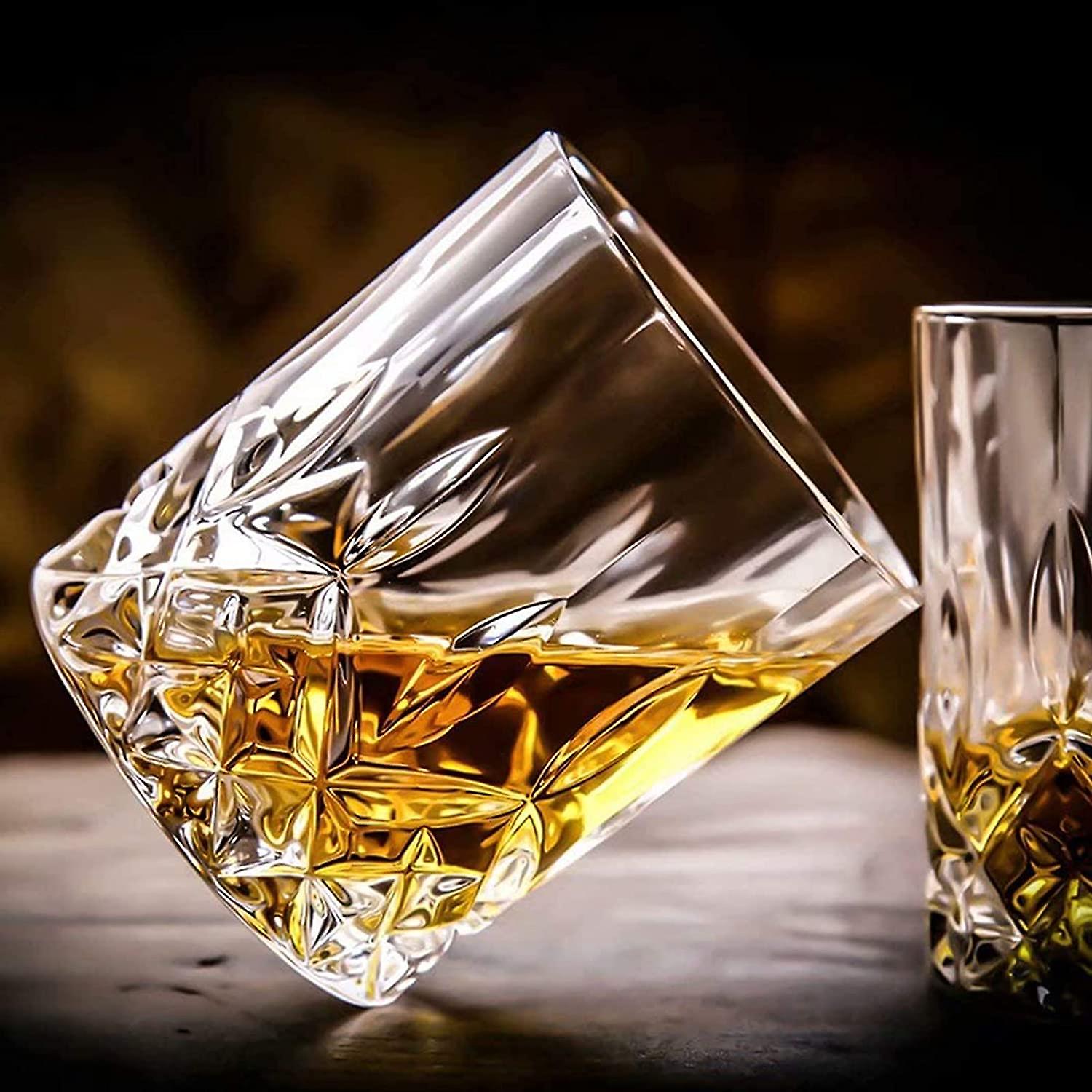
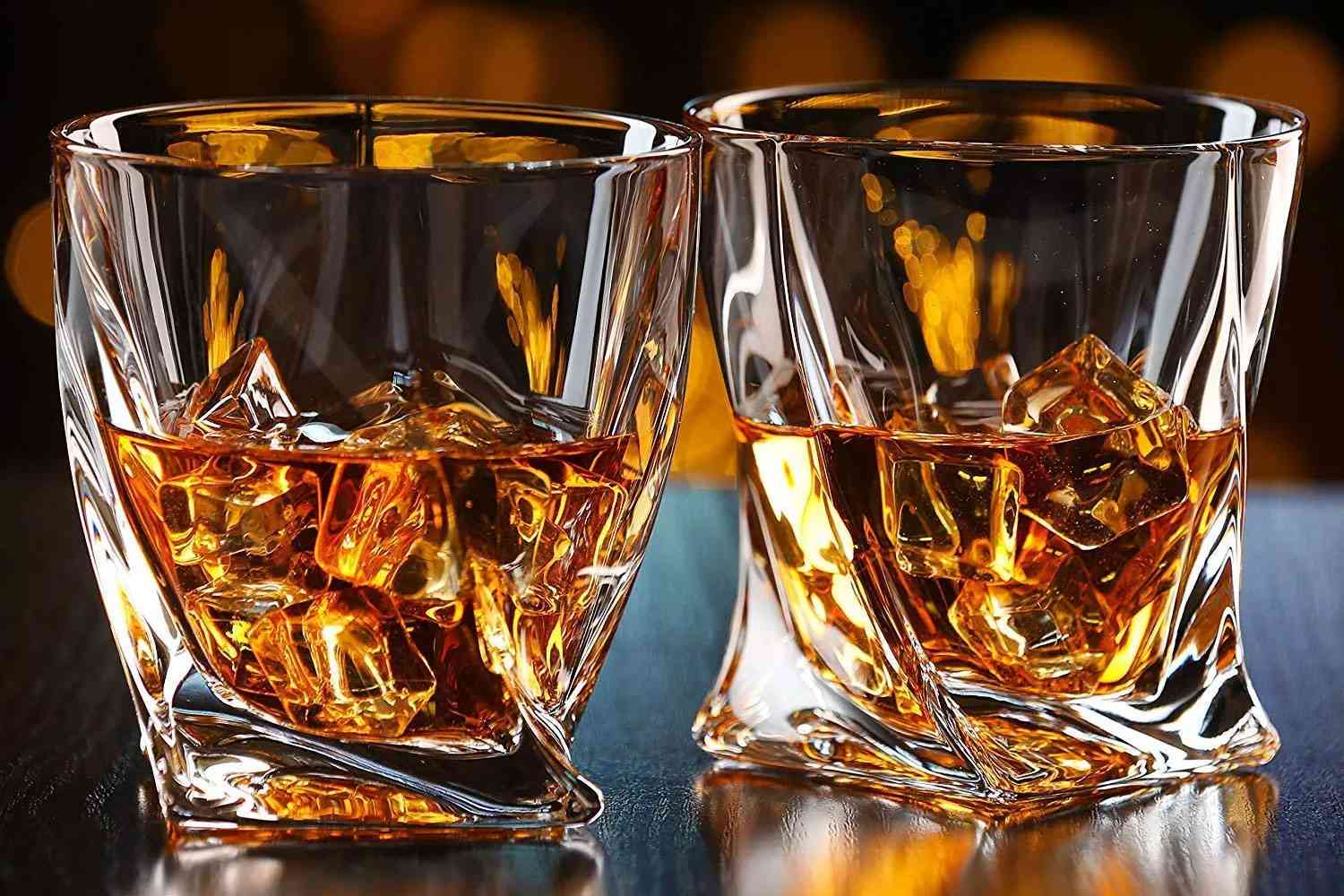


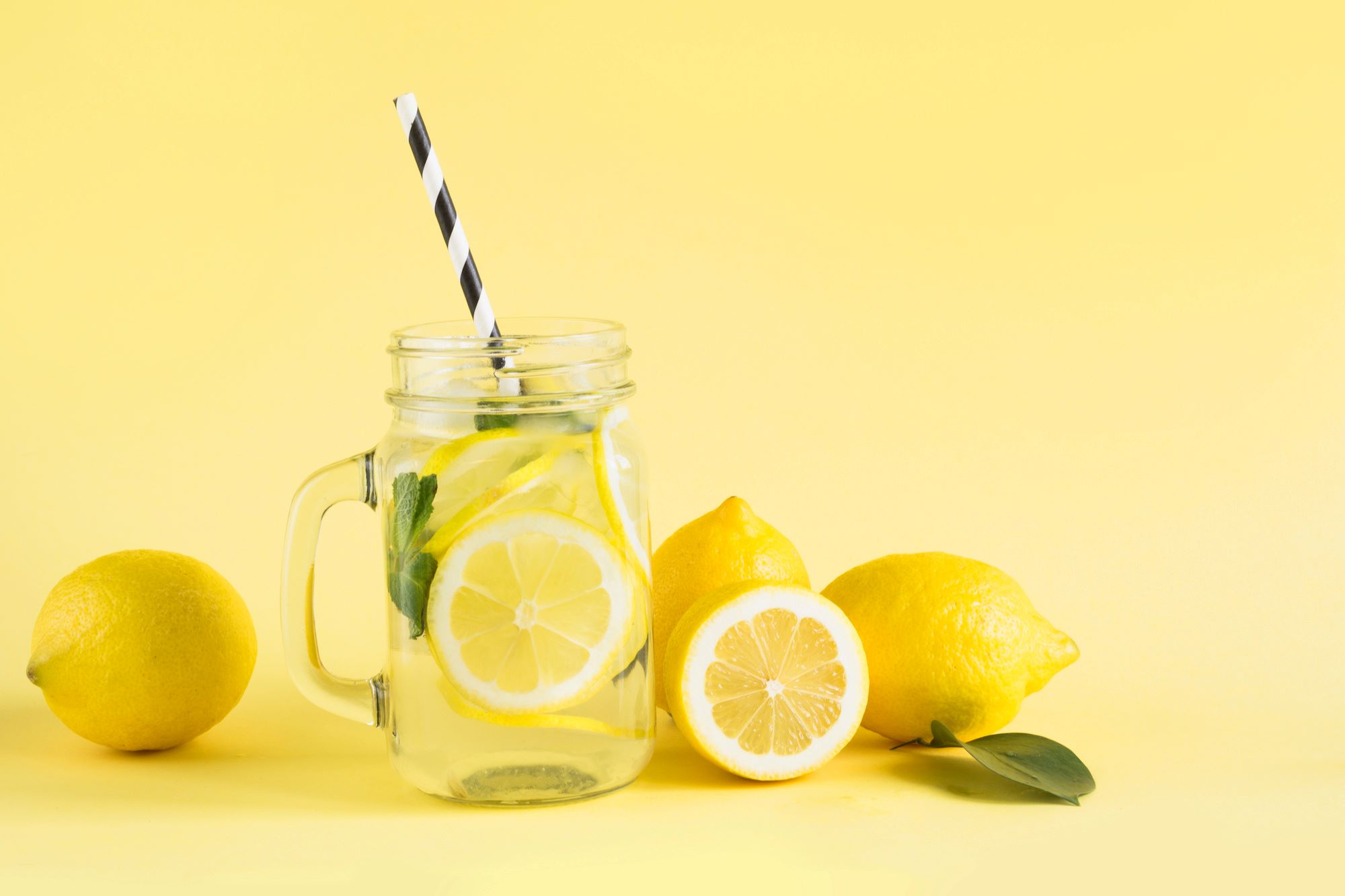




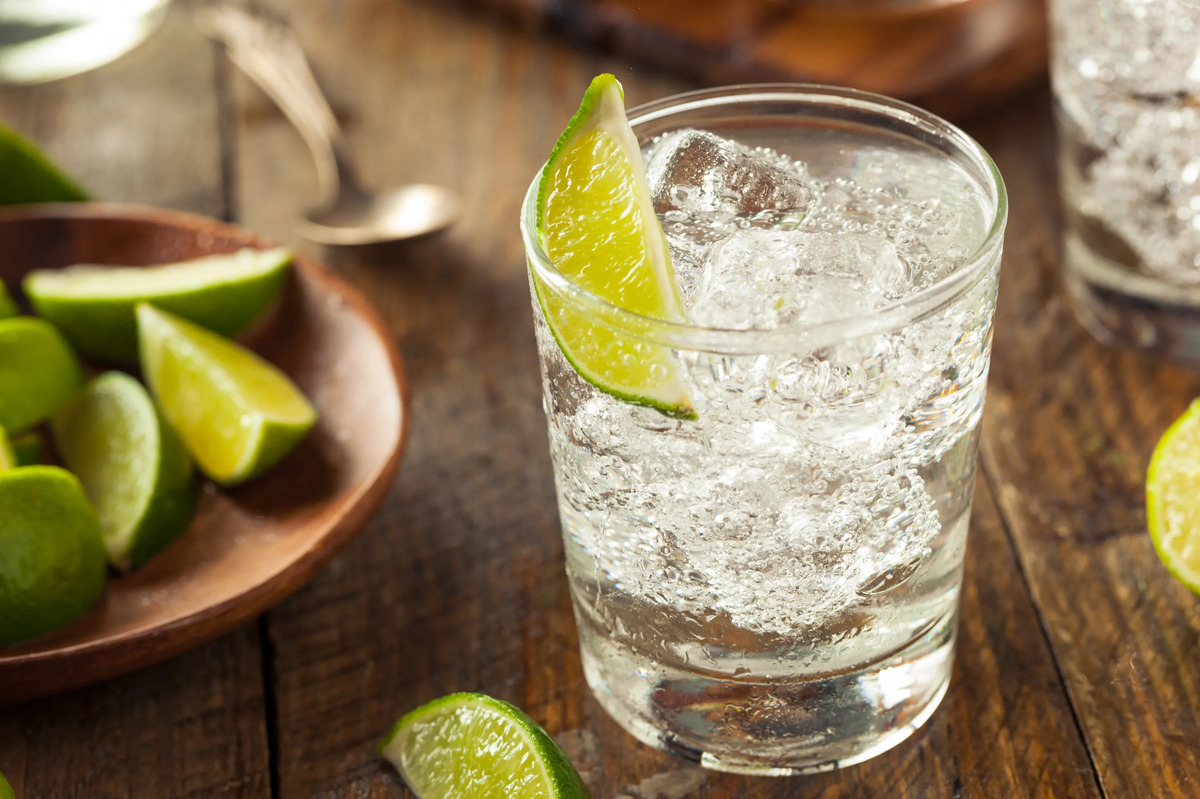


0 thoughts on “How Many Calories Is A Glass Of Whiskey”